SOURCE: IDRW.ORG TEAM
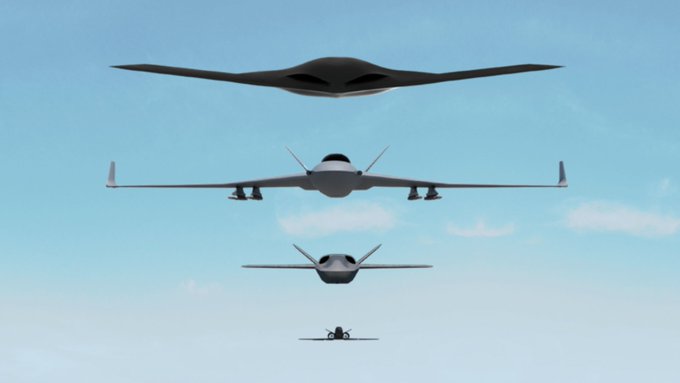
General Atomics Aeronautical Systems, Inc., a renowned aerospace and defense technology company, is on the verge of securing substantial orders from India for the acquisition of 31 of its MQ-9B SkyGuardian and SeaGuardian High-Altitude, Long-Endurance (HALE) Class Unmanned Aerial Vehicles (UAVs). The company is also keen to foster further collaboration on newer Remotely Piloted Aircraft (RPA) systems and work closely with the Indian Armed Forces.
General Atomics is looking to present a diverse array of cutting-edge RPA systems to the Indian Army and Indian Navy. These offerings include the Mojave and MQ-9B STOL platforms, which enable short takeoff and landing from unimproved surfaces, enhancing operational flexibility. The company is also set to introduce the Gambit Series of autonomous collaborative platforms, which expand tactical employment options for pilots. Additionally, General Atomics offers a line of Air-Launched Effects designed to deliver potent stand-off capability with stand-in performance, effectively transforming battlefield operations.
Continue readingSOURCE: IDRW.ORG TEAM

The ongoing conflict between Israel and Hamas has raised concerns worldwide, but officials have assured that it will not affect the supplies of Unmanned Aerial Vehicles (UAVs) ordered by the Indian armed forces. Nor will it impact ongoing projects to upgrade older Israeli origin equipment.
The Indian Army and Navy have recently placed orders for four Hermes 900 drones using emergency financial powers. These medium altitude long endurance drones will be manufactured in India by Adani Elbit at a facility in Telangana. This facility has a proven track record, having already delivered on export orders.
Continue readingSOURCE: RAUNAK KUNDE / NEWS BEAT / IDRW.ORG
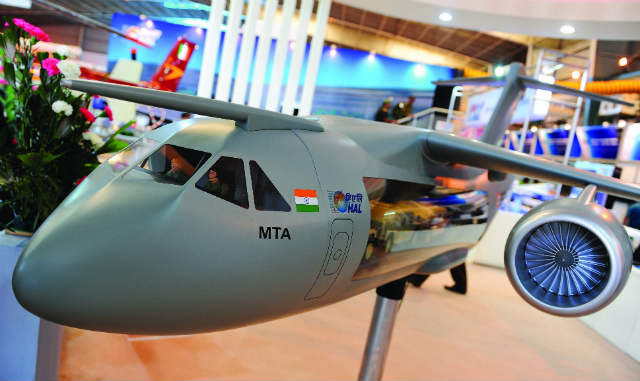
The Indian Air Force (IAF) is in the process of conducting a comprehensive evaluation to determine the requirements for the procurement of 80-100 Medium Transport Aircraft (MTA) that will serve as replacements for the ageing fleet of over 100 Soviet-era An-32 Transporters. These replacements are expected to enter service from 2030 onwards. HAL (Hindustan Aeronautics Limited), India’s state-owned aerospace and defence company, is eagerly awaiting the results of this evaluation to understand the specific load-carrying capabilities desired by the IAF.
Earlier this year, the IAF issued a Request for Information (RFI) that outlined a rather vague load-carrying capacity requirement of 18-27 tonnes. This left room for ambiguity, as only two of the three aircraft on offer met this criterion. However, the recent acquisition of the C-295 from Airbus by the IAF, which falls into the same category as the An-32, suggests that the MTA may require a load-carrying capacity of over 30-35 tons. This, in turn, could lead to only one transporter qualifying, which is the A400.
Continue readingSOURCE: RAUNAK KUNDE / NEWS BEAT / IDRW.ORG
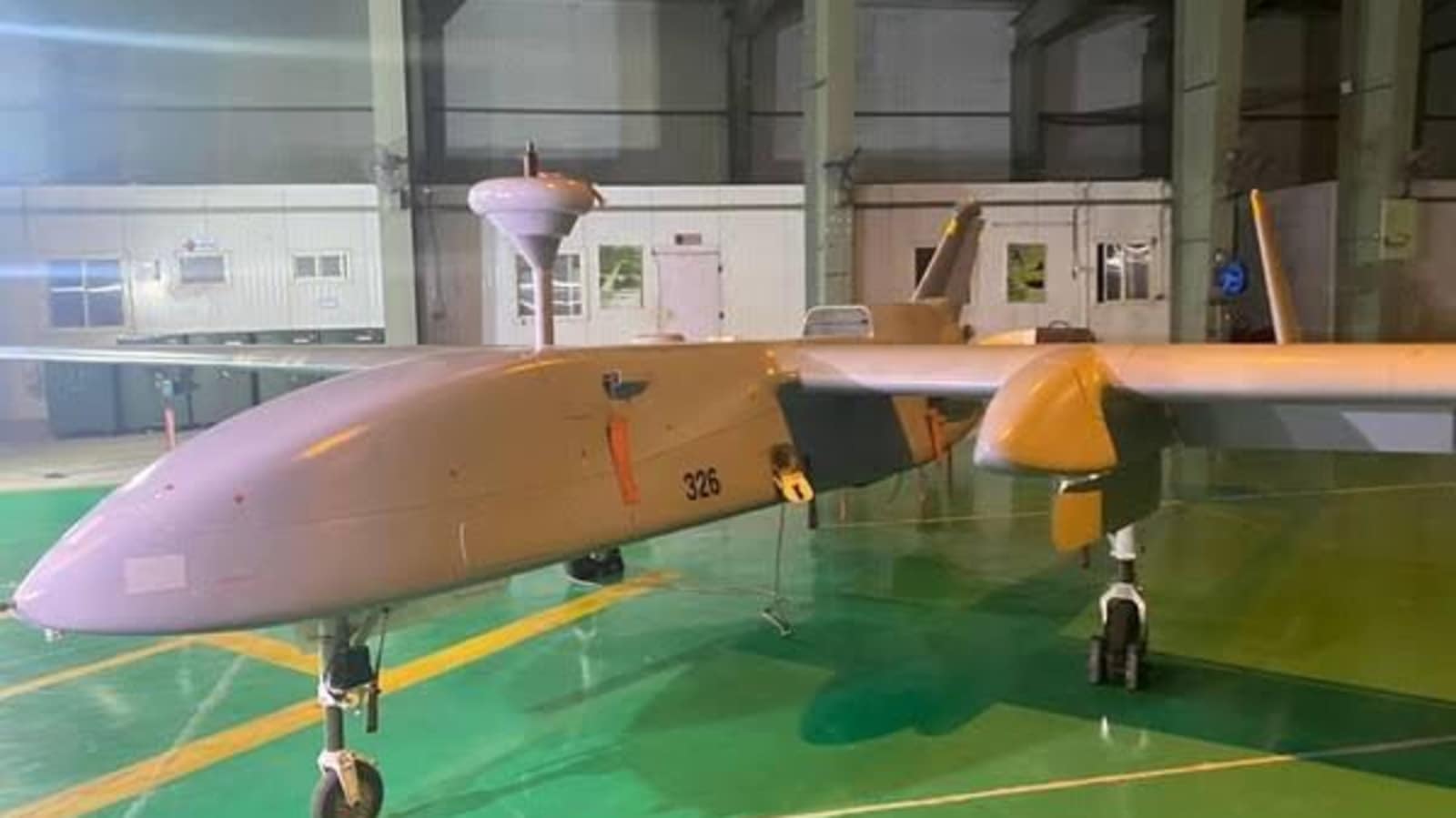
In a strategic shift, India has decided to forego plans to arm its fleet of Israeli Heron Unmanned Aerial Vehicles (UAVs) and will instead focus on enhancing their communication capabilities by integrating satellite connectivity. This shift in approach is aimed at improving the endurance and overall functionality of these UAVs.
Initially, India had been pursuing Project Cheetah, a comprehensive upgrade initiative for the Heron UAVs used by the Indian military. Project Cheetah was structured to unfold in two phases, with each phase addressing critical aspects of the UAV’s capabilities.
Continue readingSOURCE: RAUNAK KUNDE / NEWS BEAT / IDRW.ORG
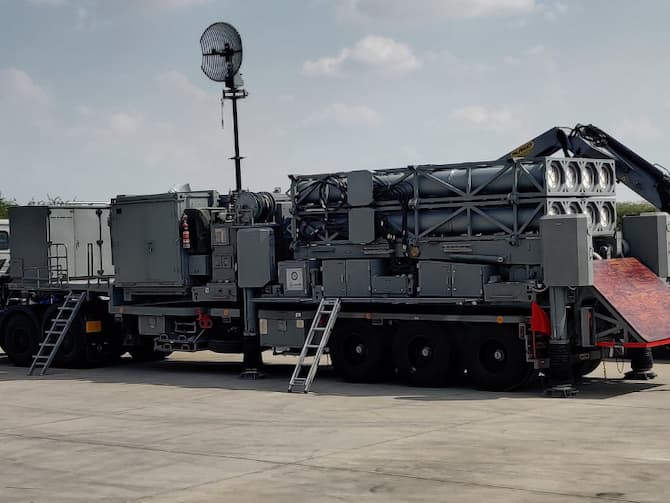
Bharat Electronics Limited (BEL), a key player in India’s defence sector, is preparing to enhance the localization content for the Indo-Israeli Medium Range Surface-to-Air Missile (MR-SAM) program. This move is driven by expectations of substantial orders from the Indian Air Force (IAF), which is planning to procure nine MR-SAM squadrons, comprising a total of 2,000 Barak-8 missiles next year.
The MR-SAM program is a joint venture between India and Israel, resulting in a highly capable interceptor missile system designed to neutralize aerial threats within a range of 70-90 kilometres. This system has already been inducted by the Indian Army, Indian Air Force, and Indian Navy, demonstrating its critical role in enhancing India’s air defence capabilities.
Continue readingSOURCE: IDRW.ORG TEAM

India is currently facing a critical challenge as it addresses significant delays in the delivery of F404 engines manufactured by General Electric (GE) Aerospace. These engines power the Light Combat Aircraft (LCA) Tejas-Mk IAs fighter jets, and their timely delivery is essential to meet the delivery schedules of the these indigenous fighter aircraft that will commence from February 2024 onwards.
General Electric (GE) Aerospace has been a longstanding supplier of F404 engines for India’s Tejas program. To date, the company has delivered 75 F404 engines to Hindustan Aeronautics Limited (HAL), the state-owned manufacturer of the Tejas, since start of the Program in late 80’s. However, a critical order for 99 F404-GE-IN20 engines, featuring enhanced thrust, was placed in 2021 Valued at $716 million with deliveries expected to commence from August of the current year, but till November it has happened yet.
Continue readingSOURCE: IDRW.ORG TEAM
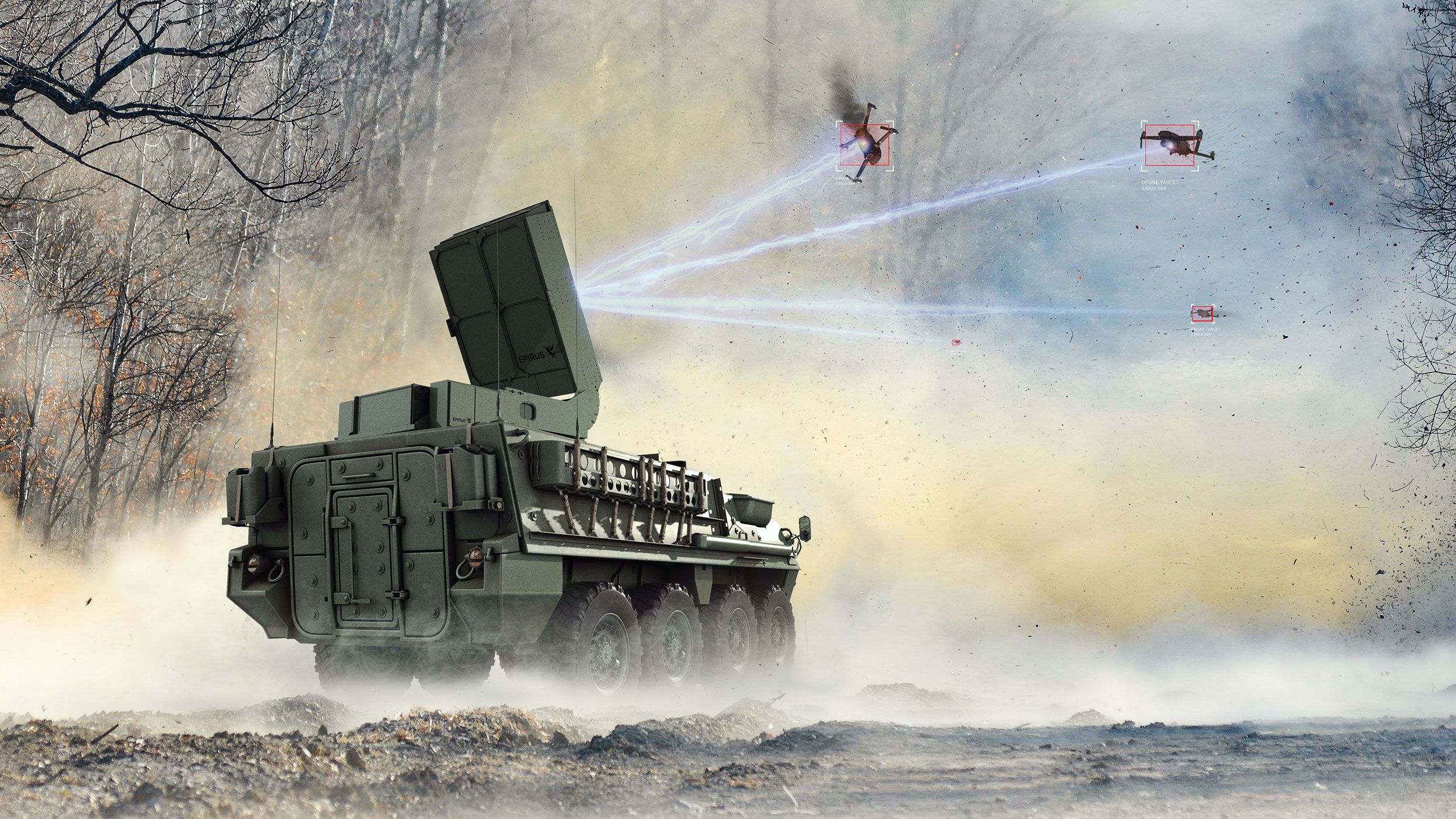
Recent conflicts in the region have witnessed the evolution of drone swarms as a potent threat, prompting India to adapt and innovate in its defense strategy. The Defence Research and Development Organisation (DRDO) is at the forefront of these efforts, aiming to develop a high-power microwave system to counter the growing menace of drone swarms.
Drone swarms have emerged as a formidable tool in modern warfare, capable of inflicting substantial damage and posing significant challenges to traditional defense mechanisms. As these threats become more prevalent, the Indian Armed Forces have taken proactive steps to address the issue.
Continue readingSOURCE: RAUNAK KUNDE / NEWS BEAT / IDRW.ORG
India’s ambitious upgrade program for its fleet of Russian-origin Sukhoi-30MKI fighter jets, known as the “Super-30” project, has seen significant progress. While Russia initially stayed out of the upgrade package, India’s determination to replace major systems and components with indigenous designs has not gone unnoticed. As the project moves forward, Russia is extending offers of advanced weaponry for the modernized Su-30MKIs.
The “Super-30” upgrade program aims to replace 51 major systems and components in the Sukhoi-30MKI with Indian-designed counterparts, effectively stripping most of the Russian systems from the aircraft. This initiative represents a crucial step toward reducing India’s dependence on foreign suppliers for its defence needs.
Continue readingSOURCE: RAUNAK KUNDE / NEWS BEAT / IDRW.ORG
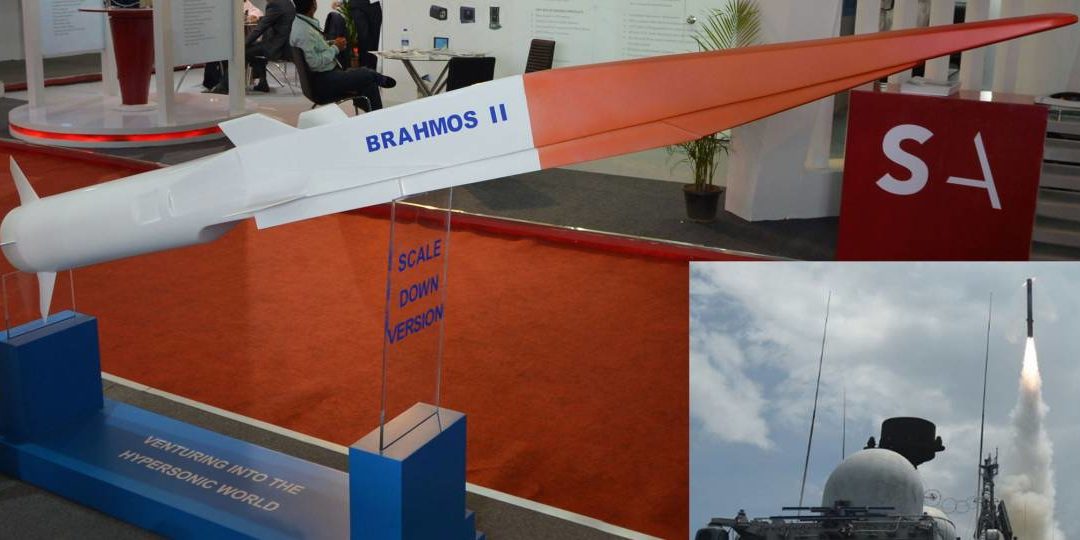
BrahMos Aerospace, a formidable India-Russia Defense Joint Venture, marked a significant milestone on May 31, 2023, by celebrating ’25 Supersonic Years of Success’ during the ‘BRAHMOS Users Meet 2023.’ This momentous occasion highlights the enduring legacy of the BrahMos cruise missile, known for its supersonic speed and unparalleled effectiveness. Despite being in service for a quarter of a century, BrahMos continues to be a challenging missile to intercept, and the makers are confident that it will maintain its superiority for the next two decades.
BrahMos, a collaborative effort between India’s DRDO and Russia’s NPOM, remains a technological marvel. Its supersonic speed, flying at Mach 3, makes it a formidable weapon that poses a significant challenge to modern interceptor missiles and air defence systems. The missile’s ability to fly at low altitudes, maneuver skillfully, and strike both sea and land targets further complicates interception attempts. It is no wonder that BrahMos has earned a reputation for being difficult to intercept.
Continue readingSOURCE: RAUNAK KUNDE / NEWS BEAT / IDRW.ORG

The Indian Army is set to bolster its offensive capabilities with the procurement of 500 HELINA Anti-Tank Guided Missiles (ATGMs). The Defence Acquisition Council (DAC) had earlier approved the acquisition of these missiles, along with launchers and associated support equipment, to be integrated into the Advanced Light Helicopter (ALH).
The integration of HELINA ATGMs into the ALH is a significant step towards weaponizing these helicopters for countering enemy threats. These missiles will enhance the Army’s offensive capabilities and provide a valuable asset for anti-tank warfare.
Continue readingSOURCE: IDRW.ORG TEAM

The Indian Air Force (IAF) is actively exploring partnerships with the private sector to develop innovative inflatable and modular sun shelters that are set to play a vital role in its operational readiness and versatility. These versatile shelters are designed to cater to the unique requirements of the IAF during various operations, offering a flexible and adaptable solution for equipment protection and office workspace.
The need for such inflatable/modular shelters arises from the sensitivities associated with the equipment utilized by combat units during off-base operations. These shelters are intended to provide critical environmental protection for mobile elements and systems, including radar, missile systems, weapon storage, and aircraft. Additionally, they serve as functional workspaces and equipment shelters at off-base sites, ensuring that the IAF’s operational needs are met even away from established airbases.
Continue readingSOURCE: IDRW.ORG TEAM

In a remarkable display of operational preparedness and synergy, the Southern Command of the Indian Army recently showcased the IA-1101, the very first Advanced Light Helicopter (ALH) Dhruv, which was produced and inducted into the Indian Army on December 31, 2001. This event provided a rare opportunity to witness the legacy and evolution of this iconic aircraft.
The IA-1101 holds a special place in the history of the Indian Army’s aviation capabilities. As the inaugural member of the ALH Dhruv family, it represented a pivotal moment in India’s indigenous defense manufacturing efforts. This remarkable helicopter, now celebrating 22 years in service, has undergone significant transformations since its inception.
Continue readingSOURCE: RAUNAK KUNDE / NEWS BEAT / IDRW.ORG

India’s quest to acquire 114 fighter jets faces a significant hurdle as the long-anticipated Acceptance of Necessity (AoN) remains pending from the government. The delay in granting AoN has raised concerns about the timeline for this crucial defence procurement.
The Indian Air Force (IAF) has been eagerly awaiting the AoN for its capital acquisition proposal, which was expected to be granted by Mid of this year. However, as November arrives, the approval is yet to materialize.
Continue readingSOURCE: RAUNAK KUNDE / NEWS BEAT / IDRW.ORG
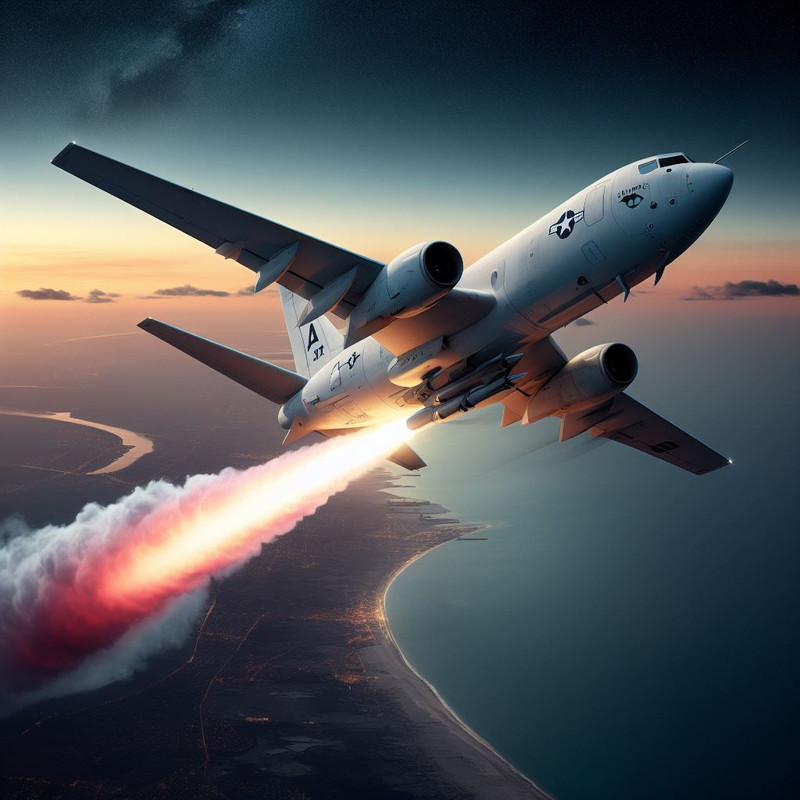
The Indian Navy is currently exploring options to significantly expand the range of munitions that its P-8I Neptune maritime patrol aircraft can carry. This development signals the Navy’s intent to diversify the capabilities of these aircraft, enhancing their mission profiles beyond traditional roles such as anti-submarine warfare, anti-surface warfare, and search and rescue.
Studies are underway to potentially integrate various air-launched naval mines, precision-guided bombs, and the Miniature Air Launched Decoy (MALD) system, all of which are domestically produced in India. Boeing, the manufacturer of the P-8I Neptune, has offered its expertise to facilitate the adoption of a wider array of munitions and other equipment.
Continue readingSOURCE: RAUNAK KUNDE / NEWS BEAT / IDRW.ORG
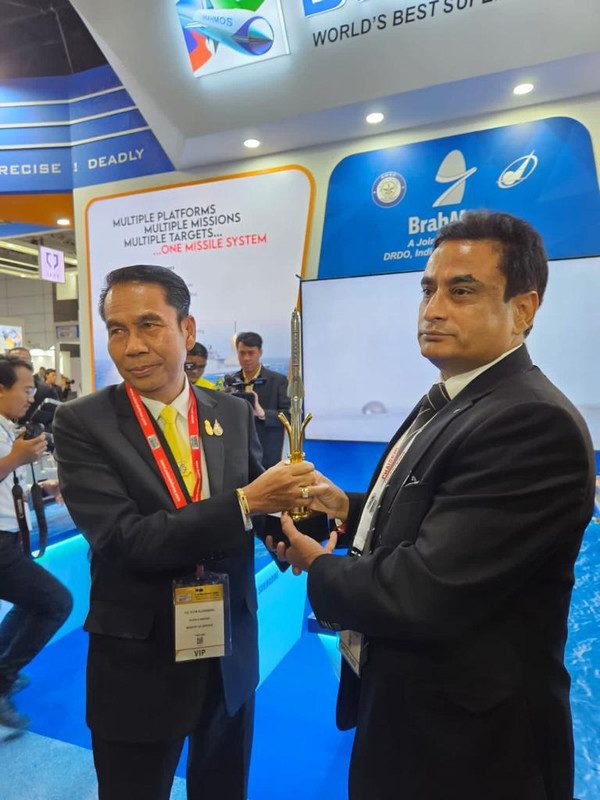
In a significant development, India has made a move to promote its indigenously developed BrahMos cruise missile to Thailand. A high-level delegation led by Mr. Sutin Klungsang, Honorable Minister of Defence for Thailand, was briefed about the latest developments of the BrahMos Weapon Complex during a visit to the BrahMos Pavilion on the inaugural day of DefenseSecurity2023 at the IMPACT Exhibition Center in Bangkok.
The briefing was conducted by Mr. Praveen Pathak, Director of Marketing, Promotion, and Export at BrahMos. During the presentation, Mr Klungsang expressed his appreciation for the capabilities of the BrahMos Weapon Complex and demonstrated a keen interest in the BrahMos Missile.
Continue reading